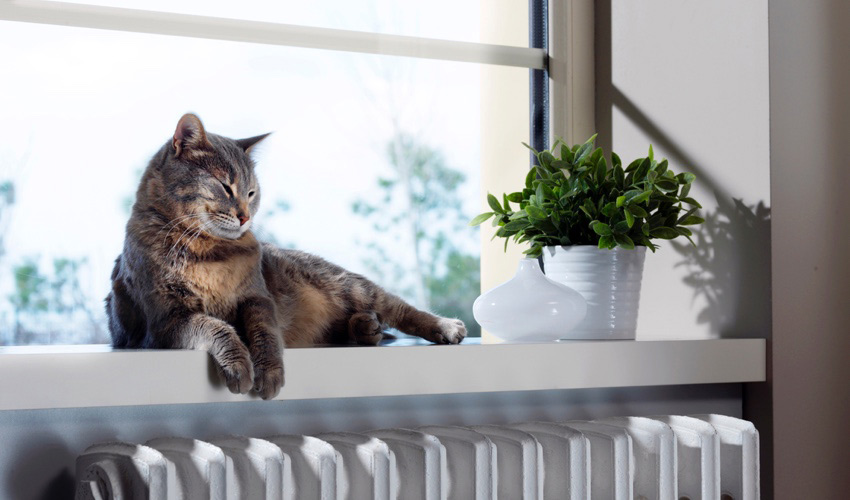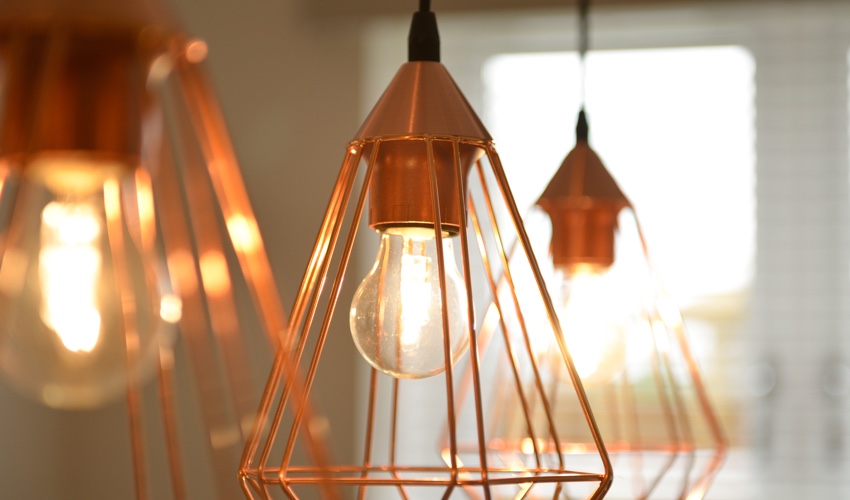Top 6 ways to make your home more energy efficient

To save money and improve your home’s energy efficiency, you’ll want to start with its outer shell – the walls, windows and doors – then move to the inside spaces. If you’re not sure what to do, contact your insurance company and ask if they have consultants who can assess your home and make recommendations.
-
Insulate the walls and attic
Old homes with big attics are notorious for leaking air due to inconsistent or thin insulation. If you hire a contractor, make sure they use an infrared camera during and after installing fiberglass, cellulose and most foam insulation, so they can see any voids or gaps.
-
Replace or upgrade windows
Replacing single-glazed windows will give you one of the biggest bangs for the buck, because ENERGY STAR-rated replacement windows are typically $15 more than other windows, and can result in a savings of about 12% in heating and cooling bills.1

-
Replace your old furnace
The age of your furnace may determine what you should do about it:
- Built before 1992 with a standing pilot: You may be wasting up to 35% of the fuel it uses. Replacing it with a condensing furnace with annual efficiency of at least 90% will save you more than 25% on your bill.
- Built after 1991: Ask a heating service technician or energy auditor to determine the efficiency level.
-
Improve your hot water heater’s efficiency
- Turn down the temperature of your water heater to the warm setting
- Insulate the hot water lines
- Install “on demand” hot water circulating loops and low-flow fixtures
-
Change air filters and tune up your HVAC equipment
An annual HVAC tune-up can help your system work more efficiently. You can also install a programmable thermostat and check to make sure all ducts are property sealed.

-
Use compact fluorescent lamps (CFLs)
The lighting cost of a CFL is less than one-third that of incandescents.
